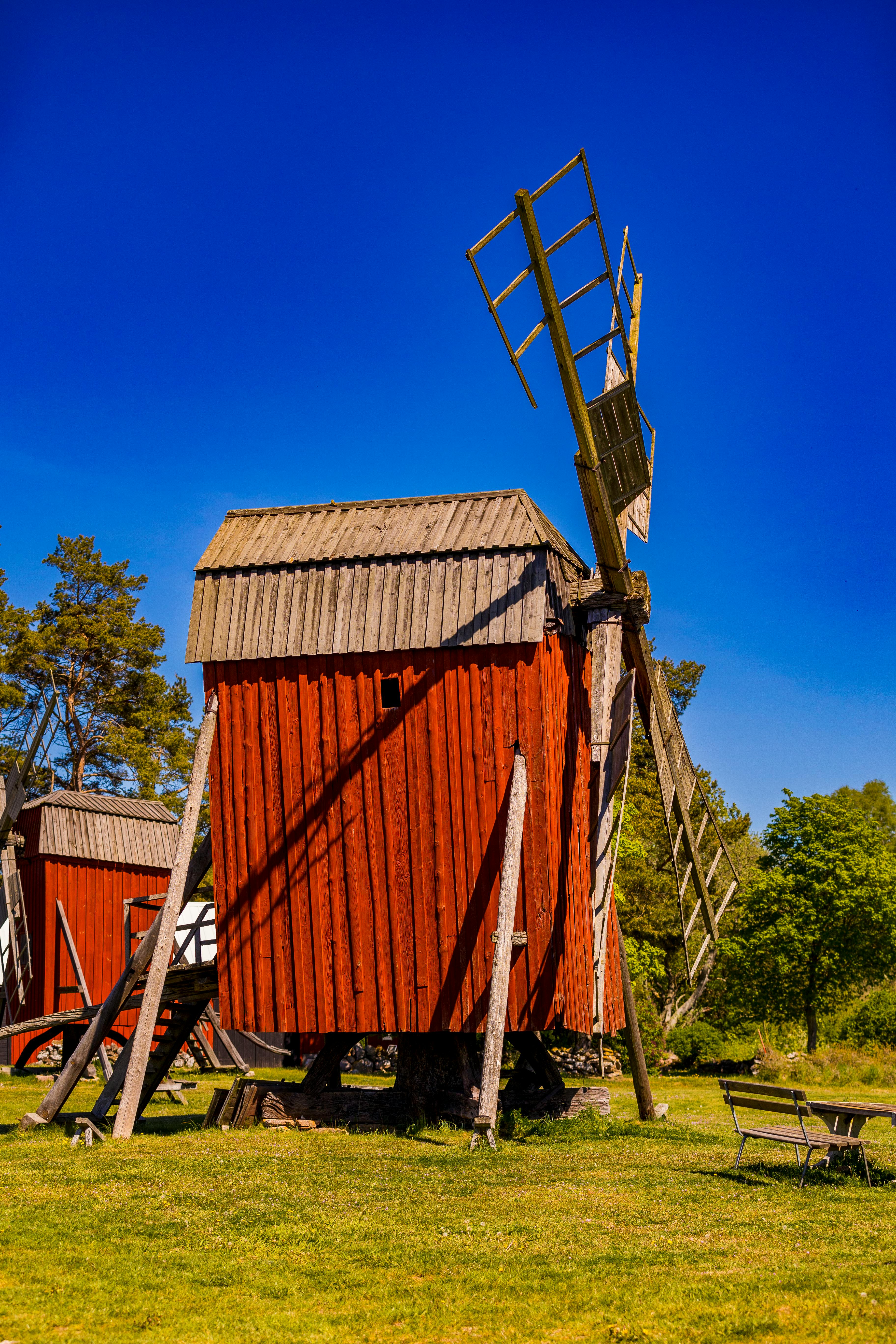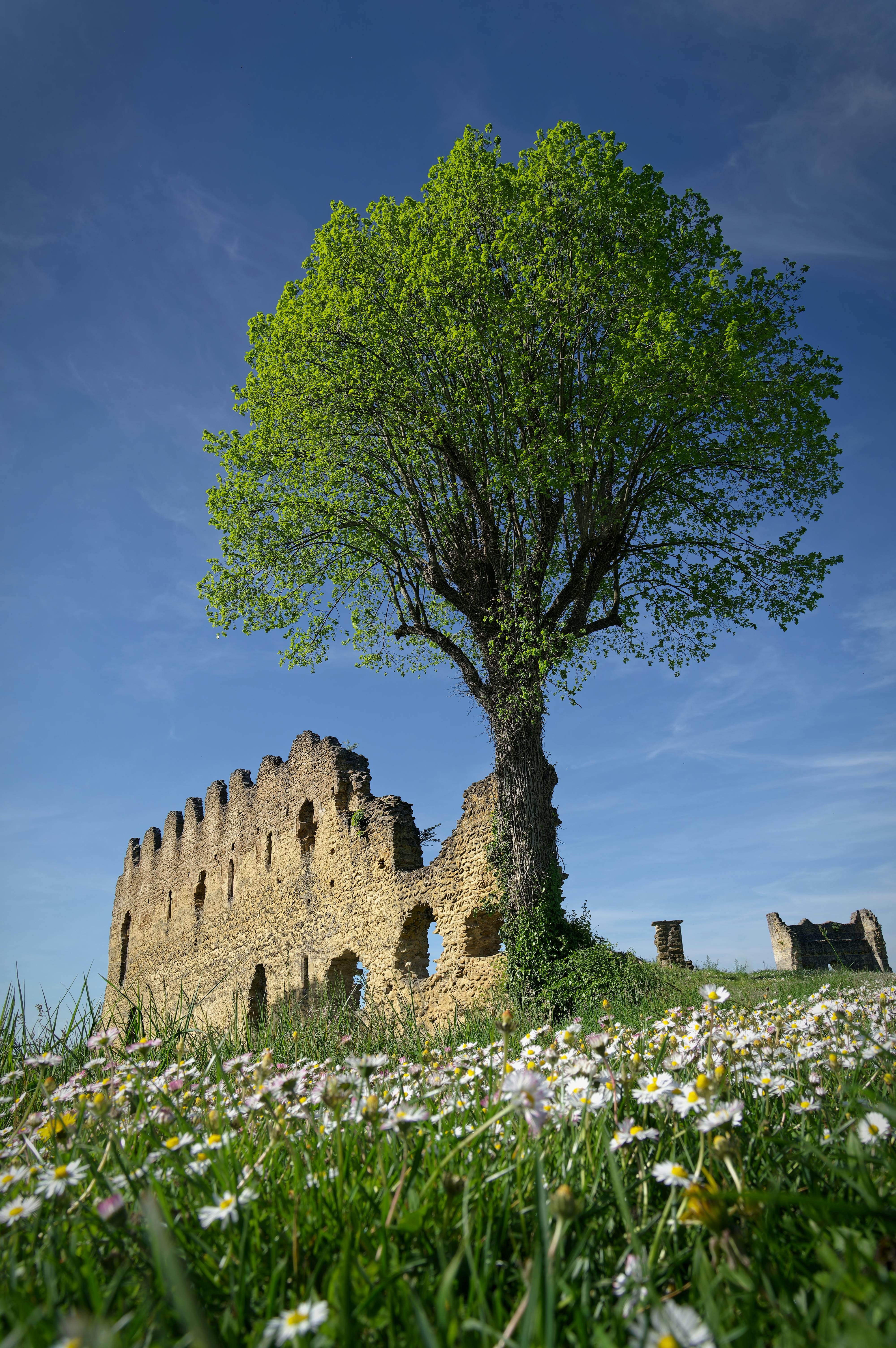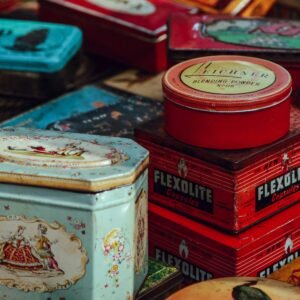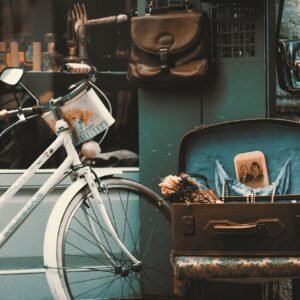Have you ever wondered about the benefits of preserving food in glass bottles? Here is a comprehensive guide that will walk you through the process of preserving your food in glass bottles, ensuring that it remains fresh and delicious for an extended period of time.

This image is property of images.pexels.com.
Benefits of Preserving Food in Glass Bottles
Preserving food in glass bottles has numerous benefits. Glass is nonporous and impermeable, ensuring that no harmful chemicals leach into your food. Additionally, glass is transparent, allowing you to easily identify the contents of the bottle. Glass bottles are also reusable and recyclable, making them an environmentally friendly choice.
Environmental Impact
By choosing to preserve your food in glass bottles, you are reducing the amount of plastic waste that ends up in landfills. Glass bottles are easily recyclable and can be reused numerous times, making them a sustainable choice for preserving food.
Health Benefits
Glass is a healthier option for storing food, as it does not contain any harmful chemicals that could leach into your food. It also does not retain odors or flavors, ensuring that your food remains fresh and delicious.
Types of Glass Bottles for Food Preservation
There are various types of glass bottles available for food preservation, each with its own unique benefits. The type of glass bottle you choose will depend on the type of food you are preserving and how long you want it to last.
Mason Jars
Mason jars are a popular choice for food preservation due to their durability and versatility. They come in various sizes, making them suitable for preserving a wide range of foods, from jams and pickles to sauces and spices.
Swing Top Bottles
Swing top bottles are another excellent option for food preservation. They have an airtight seal that helps to keep your food fresh for longer periods. These bottles are perfect for preserving oils, vinegars, and alcoholic beverages.
Steps for Preserving Food in Glass Bottles
Preserving food in glass bottles is a simple process that can be done at home with minimal equipment. Follow these steps to ensure that your food remains fresh and flavorful for extended periods.
Step 1: Prepare Your Ingredients
Before preserving food in glass bottles, make sure that your ingredients are fresh and clean. Wash fruits and vegetables thoroughly and remove any bruised or damaged areas.
Step 2: Sterilize Your Glass Bottles
It is essential to sterilize your glass bottles before filling them with food. This can be done by boiling the bottles in water for 10-15 minutes or by running them through a dishwasher cycle.
Step 3: Fill Your Glass Bottles
Once your ingredients are prepared and your bottles are sterilized, carefully fill the glass bottles with the food you wish to preserve. Leave some headspace at the top of the bottle to allow for expansion during the preservation process.
Step 4: Seal Your Glass Bottles
After filling your glass bottles with food, ensure that they are properly sealed to prevent air from entering. Mason jars can be sealed with metal lids and rings, while swing top bottles have a clasp that creates an airtight seal.
Step 5: Preserve Your Food
Once your glass bottles are sealed, it’s time to preserve your food. The preservation method will depend on the type of food you are preserving. Some methods include canning, pickling, and fermenting.
Tips for Successful Food Preservation in Glass Bottles
Preserving food in glass bottles can be a rewarding and satisfying process. To ensure successful food preservation, follow these tips to maximize the shelf life and flavor of your preserved foods.
Use High-Quality Ingredients
When preserving food in glass bottles, it’s essential to use high-quality, fresh ingredients. Fresh fruits and vegetables will result in better-tasting preserved foods that will last longer.
Properly Seal Your Glass Bottles
Properly sealing your glass bottles is crucial for successful food preservation. Ensure that the lids are tightly secured and that there are no cracks or chips in the glass that could compromise the seal.

This image is property of images.pexels.com.
Shelf Life of Preserved Foods in Glass Bottles
The shelf life of preserved foods in glass bottles can vary depending on the type of food, preservation method, and storage conditions. Here is a general guideline for the shelf life of commonly preserved foods in glass bottles.
Jams and Jellies
Jams and jellies preserved in glass bottles can last up to 1-2 years when stored in a cool, dark place. Once opened, they should be refrigerated and consumed within a few weeks.
Pickles and Relishes
Pickles and relishes preserved in glass bottles can last up to 1 year when stored in a cool, dark place. Once opened, they should be refrigerated and consumed within a few weeks.
Sauces and Condiments
Sauces and condiments preserved in glass bottles can last up to 6 months to 1 year when stored in a cool, dark place. Once opened, they should be refrigerated and consumed within a few weeks.
Conclusion
Preserving food in glass bottles is an excellent way to extend the shelf life of your favorite foods while maintaining their flavor and quality. By following the steps outlined in this guide and using high-quality ingredients, you can enjoy delicious preserved foods for months to come. Start preserving your food in glass bottles today and reap the benefits of homemade, flavorful treats.


